American football is a sport filled with various strategies and techniques, and one essential aspect of the game is kicking.
Kicking plays a crucial role in determining the outcome of matches, from field goals to extra points. Understanding the different types of kicks in American football can give teams a competitive edge on the field.
From field goals to kickoffs, punts to onside kicks, each type of kick serves a specific purpose during a game. Whether it’s scoring points, gaining field position, or attempting a surprise play, mastering the art of kicking is vital for any successful football team.
With a variety of kicking options available, teams can adapt their strategies based on the game situation, making each kick a strategic decision that could impact the final score.
9 Types of Kicks in American Football
In American football, various types of kicks are crucial for different aspects of the game.
Here are 9 types of kicks in football:
1. Place Kick

A place kick is the fundamental kicking technique used in American football for field goals, extra points, and kickoffs.
The kicker places the ball upright on the ground or on a tee (for kickoffs), takes a few steps back, and then approaches the ball to kick it.
For field goals and extra points, accuracy and height are crucial to ensure the ball travels between the uprights.
On kickoffs, the kicker aims to send the ball deep into the opponent’s territory to minimize the chance of a return.
2. Kickoff

The kickoff initiates play at the beginning of each half and follows a score. The ball is placed on a tee at the kicking team’s 35-yard line. The kicker usually takes a running start to maximize the distance and hang time of the kick.
The goal is to kick the ball deep into the opponent’s end zone or close to it, forcing the returner to decide whether to run the ball out or take a touchback by kneeling in the end zone. A well-executed kickoff can set the tone for field position in the game.
3. Punt
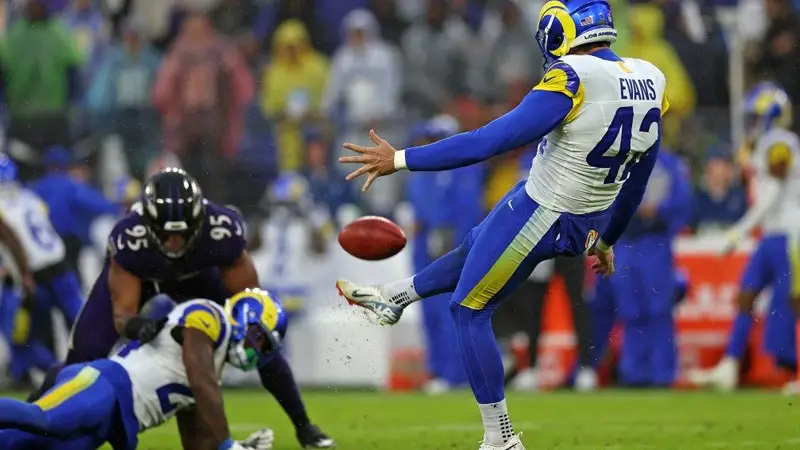
Punting occurs on fourth down when the offense is unable to advance the ball enough to continue possession or to attempt a field goal.
The punter stands behind the line of scrimmage, receives the snap from the center, and kicks the ball before it hits the ground.
The objective of a punt is to maximize both distance and hang time to give the coverage team enough time to reach the returner and prevent a significant return.
Punting is crucial for flipping field position and forcing the opposing offense to start deep in their territory.
4. Field Goal
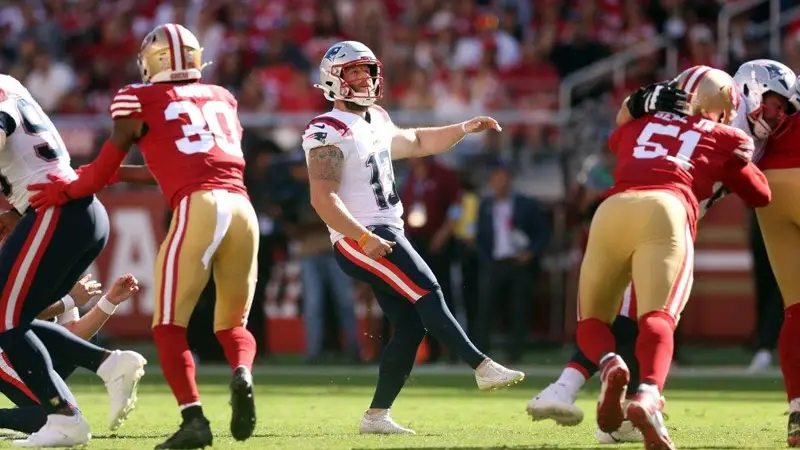
A field goal attempt is made when the offense is within kicking range of the opponent’s goalposts on fourth down. The holder places the ball on the ground, laces out, at the spot where the kicker intends to kick.
The kicker then approaches the ball and kicks it through the uprights. Field goals are worth three points and are a critical scoring opportunity when a touchdown is not feasible.
Accuracy, distance, and kicking conditions (such as weather and wind) all play significant roles in determining the success of a field goal attempt.
5. Extra Point
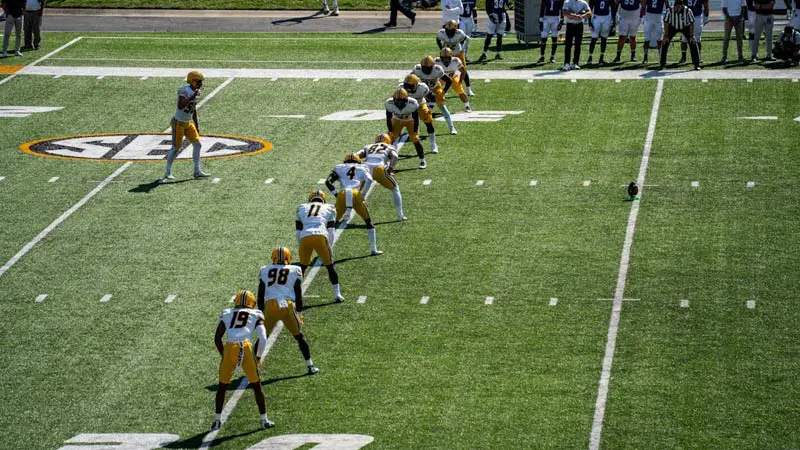
After a touchdown, the scoring team has the option to attempt an extra point by kicking the ball through the uprights from the opponent’s 15-yard line.
This is essentially a short field goal attempt, but with less pressure than a regular field goal since the ball is placed closer to the goalposts.
Extra points are worth one point and are typically considered routine, but they can still be affected by weather conditions, the kicker’s accuracy, and defensive efforts to block the kick.
6. Onside Kick
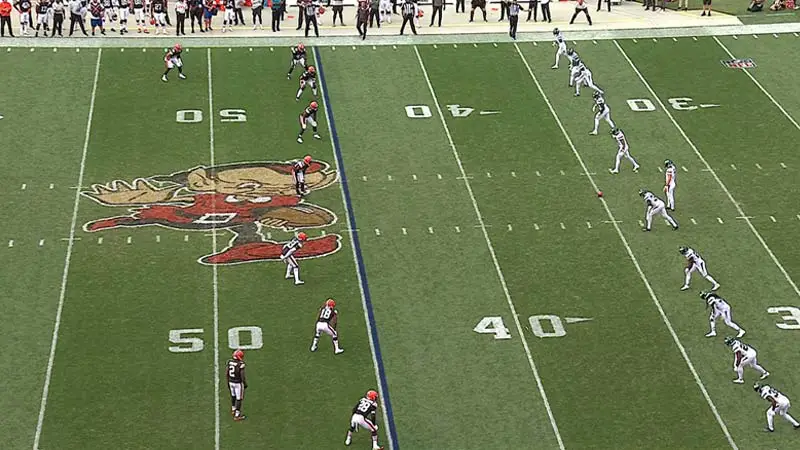
An onside kick is a high-risk, high-reward play used by the kicking team to regain possession of the ball after a score.
Instead of kicking deep, the kicker aims to kick the ball short and low, hoping that it will travel at least 10 yards and be recoverable by the kicking team before the receiving team can gain possession.
Onside kicks are often attempted when a team is trailing late in the game and needs an immediate turnover to have a chance to score again quickly.
7. Squib Kick
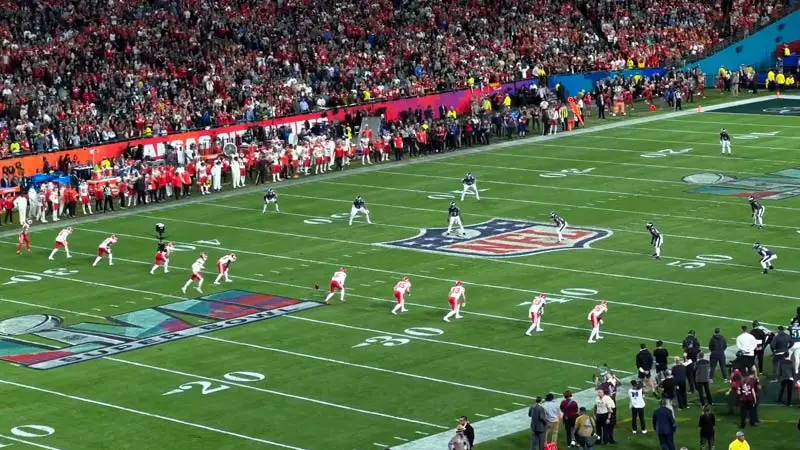
A squib kick is another strategic kick used on kickoffs to prevent a long return by the receiving team. Unlike a regular kickoff, where the ball is kicked deep, a squib kick is kicked low and hard along the ground.
The goal is to make it difficult for the return team to field cleanly and to minimize the chance of a big return. Squib kicks are often used in situations where the kicking team wants to run out the clock at the end of a half or game without risking a long return.
8. Pooch Kick
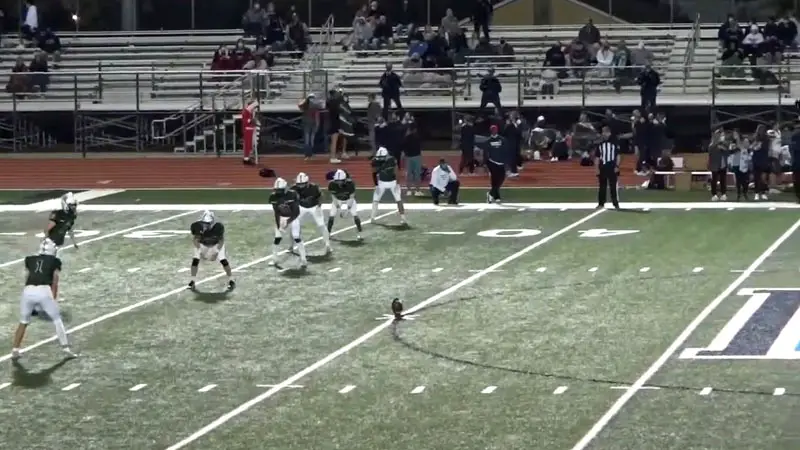
A pooch kick is a specialized kickoff where the kicker aims to kick the ball high and short, usually landing it between the receiving team’s deep returners and their front line.
The objective is to force the receiving team to field the ball in an awkward position, allowing the kicking team’s coverage unit to tackle the returner quickly and prevent a significant return.
Pooch kicks are used to control field position and limit the opposing team’s starting point on offense.
9. Rugby-Style Kick

In some situations, especially on punts, a rugby-style kick is used by the punter to gain better control and accuracy over the direction and distance of the kick.
Instead of standing still and punting the ball conventionally, the punter takes a few steps to the side and kicks the ball at an angle.
This technique allows the punter to aim for specific spots on the field and to minimize the chances of a return by keeping the ball low and spinning.
Techniques and Training for Effective Kicking
Effective kicking in American football requires a combination of technique, practice, and mental preparation.
Whether it’s for place kicking, kickoffs, or punts, here are some key techniques and training tips for developing and improving kicking skills:
Physical Conditioning
To excel in the art of kicking in American football, players must prioritize physical conditioning. Strong leg muscles are essential for generating power and distance in kicks.
Regular strength training focusing on leg muscles, core stability, and flexibility is crucial for kickers to execute kicks with precision and effectiveness.
Additionally, cardiovascular endurance plays a vital role in sustaining performance throughout the game, especially during critical kicking situations.
Mental Preparation
Apart from physical fitness, mental preparation is a key aspect of effective kicking. Mental resilience and focus are necessary for kickers to perform under pressure.
Visualization techniques can help kickers mentally rehearse successful kicks, enhancing their confidence on the field.
Managing stress and anxiety while maintaining concentration during high-pressure situations can significantly impact the outcome of kicks.
Establishing pre-kick routines and rituals can aid in calming nerves and instilling a sense of control before executing kicks.
Tactical Training
Tactical training forms the foundation for kickers to make strategic decisions during games. Understanding game situations, such as field position, scoring opportunities, and clock management, is essential for kickers to choose the right type of kick.
Practicing different kick techniques, including onside kicks, squib kicks, and long field goals, allows kickers to adapt to various game scenarios effectively.
Collaborating with special teams coaches to develop game plans that leverage kicking strategies can enhance a team’s overall performance and scoring potential.
Impact of Kicks on Game Strategy
Kicking plays a crucial role in shaping game strategies in American football, influencing key aspects such as time management, field position battles, and scoring opportunities.
Time Management
Effective kicking strategies contribute significantly to time management during a game. Punting the ball strategically can help control the clock, especially when a team aims to run down the game clock while protecting a lead.
On the other hand, quick and accurate field goals can enable teams to capitalize on scoring chances efficiently within tight time constraints, impacting the overall game tempo.
Field Position Battle
Kicks play a vital role in the field position battle, determining where the teams start their offensive possessions.
Punters aiming for deep kicks can pin the opposing team deep in their territory, making it harder for them to advance the ball effectively.
Conversely, successful onside kicks can offer a sudden change in field position, providing teams with opportunities for quick scoring drives or momentum shifts.
Scoring Opportunities
Kicking in American football opens up various scoring opportunities for teams. Field goals, worth three points, offer a reliable method of scoring when teams are within kicking range but may find it challenging to reach the end zone.
Onside kicks present high-risk, high-reward scenarios, where successfully recovering the ball can lead to additional scoring chances or crucial possession changes, influencing the game’s outcome.
Frequently Asked Questions
What are the key elements of kicking in American football?
Kicking in American football comprises field goals, punts, and onside kicks. These elements are vital for scoring points and executing strategic plays.
Why is physical conditioning important for kickers?
Physical conditioning is crucial for kickers to enhance their strength, stamina, and flexibility, enabling them to generate power and execute precise kicks consistently.
How does kicking impact game strategy?
Kicking influences game strategy by managing time, field position, and creating scoring opportunities, allowing teams to shape the outcome of football games effectively.
What critical factors contribute to successful field goals?
Successful field goals hinge on factors like proper technique, timing, accuracy, and the ability to handle pressure situations during crucial moments in the game.
Conclusion
To wrap up the discussion on different types of kicks in American football, let’s summarize the key takeaways from the article.
Understanding the variety of kicking techniques and strategies in the game is essential for both players and fans. By mastering these kicks, teams can gain a competitive edge and impact the outcome of matches significantly.
Whether it’s securing crucial points through field goals, flipping field position with punts, or executing surprise onside kicks, mastering the art of kicking is a valuable asset in the dynamic sport of American football.
With continuous practice, mental fortitude, and strategic acumen, kickers can shape the outcome of games and contribute significantly to their team’s success.

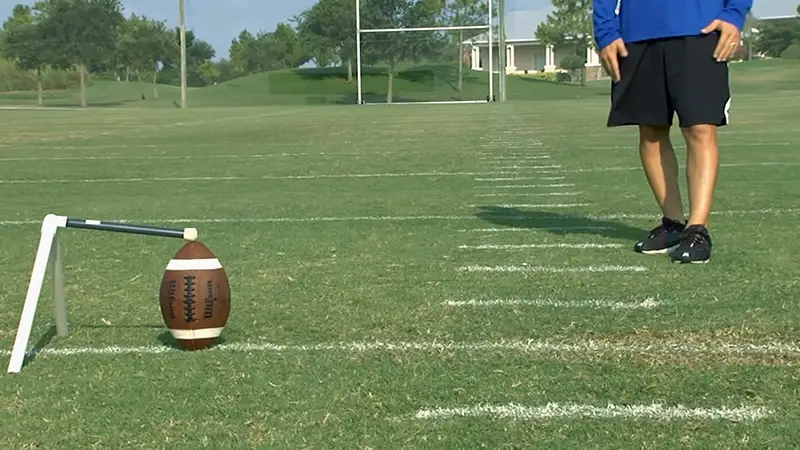



Ashley Hopkinson